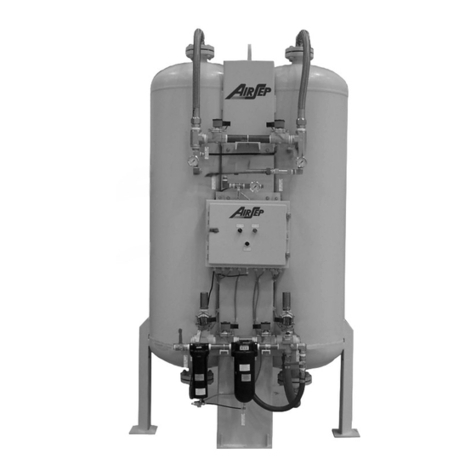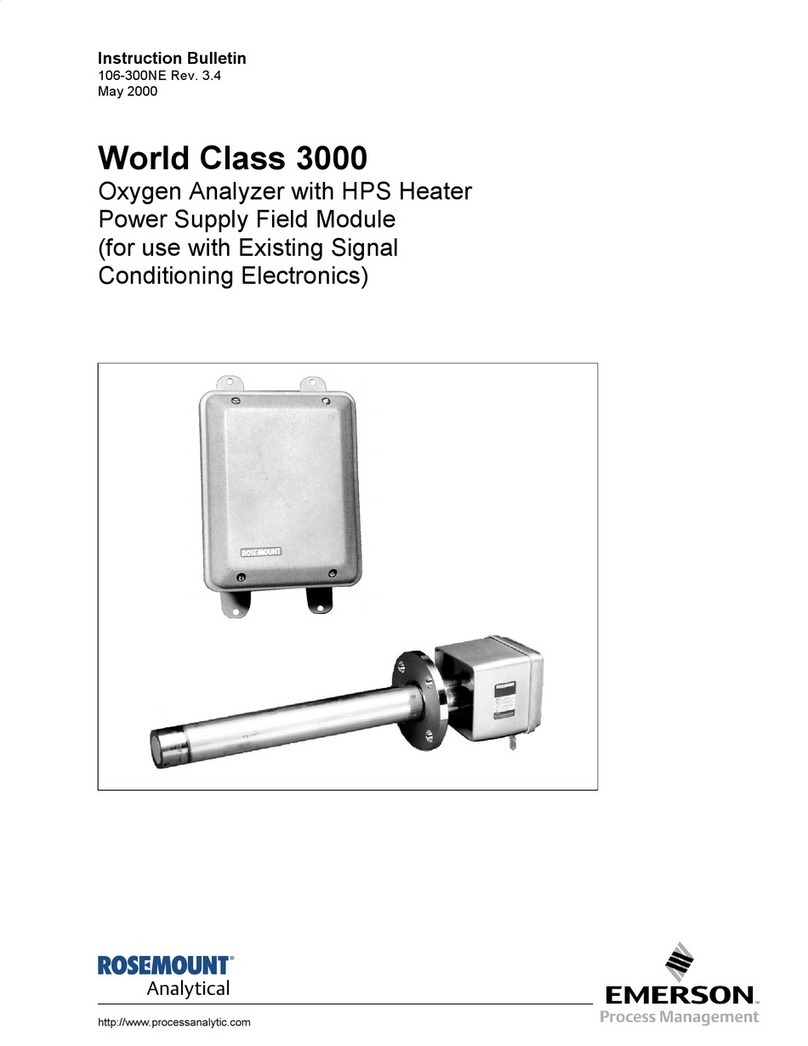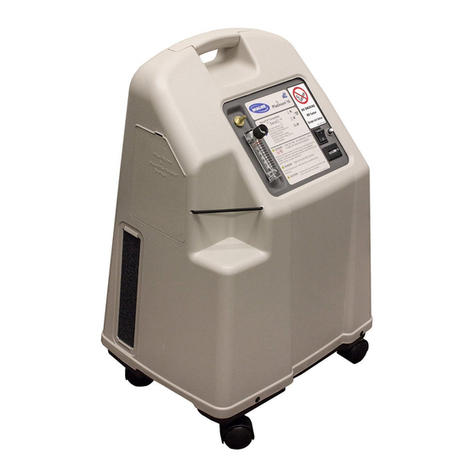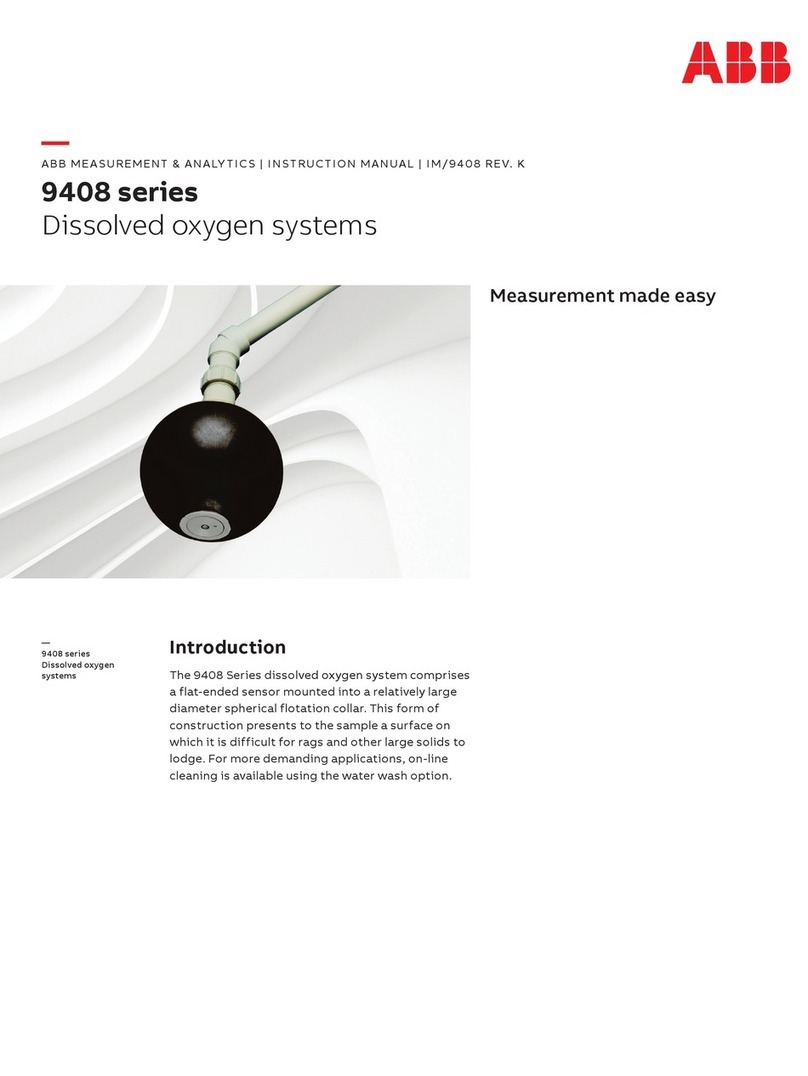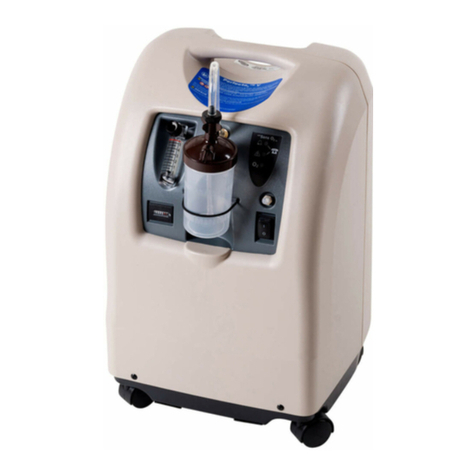SCHOTT 9009/6. User manual
Popular Oxygen Equipment manuals by other brands
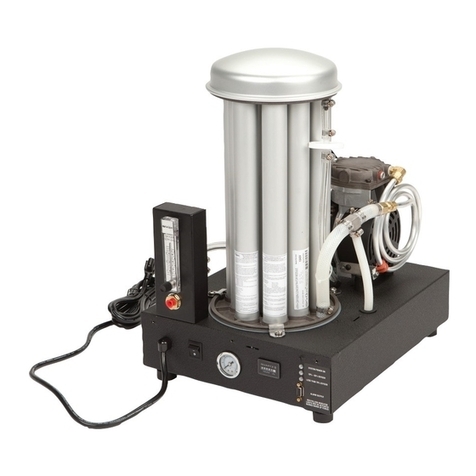
AirSep
AirSep SeQual Workhorse Series instruction manual
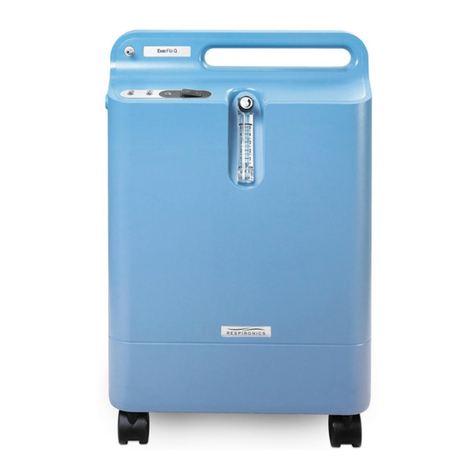
Philips
Philips EverFlo user manual
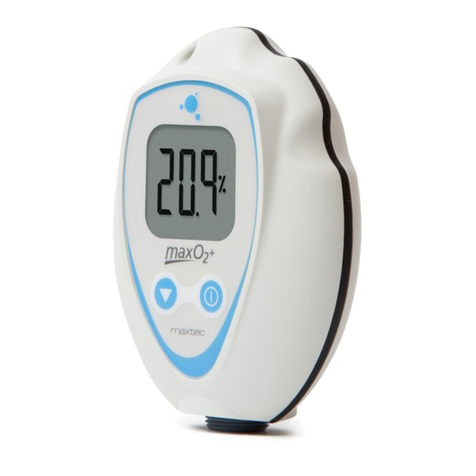
Maxtec
Maxtec MAXO2+A Industrial Guide & Operating Instructions
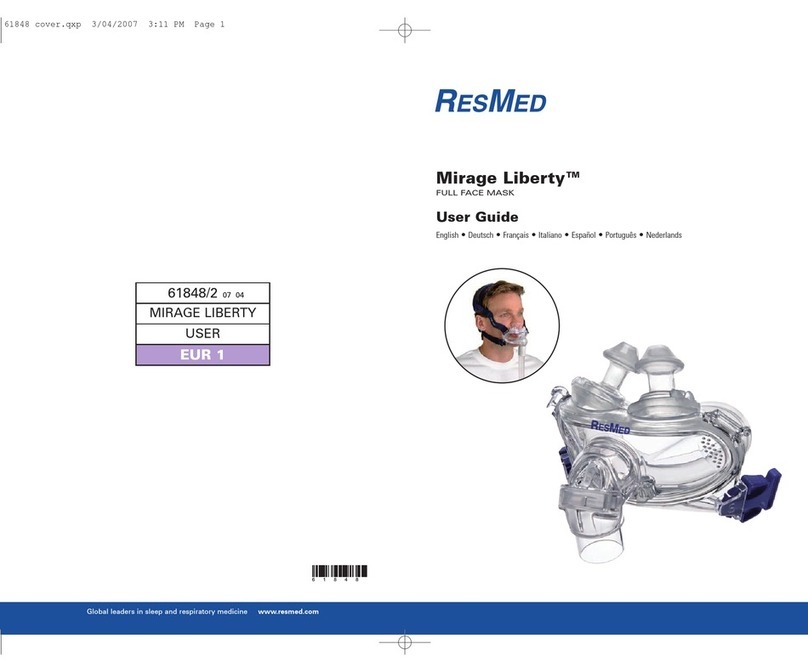
ResMed
ResMed MIRAGE LIBERTY 61848 user guide

ResMed
ResMed Mirage Liberty Component manual
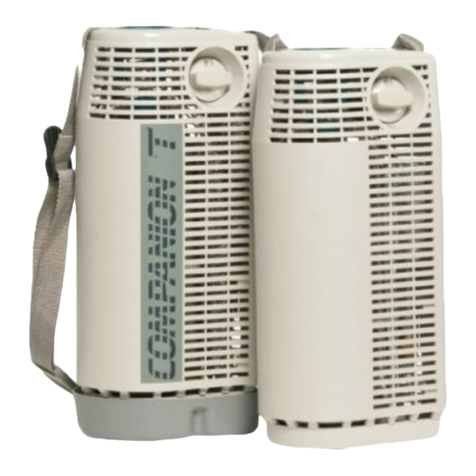
Puritan Bennett
Puritan Bennett Companion 1000 Technical manual

Teledyne
Teledyne 329R instruction manual

Drive
Drive Bonsai OM-812 PRODUCT INFORMATION AND INSTRUCTIONS
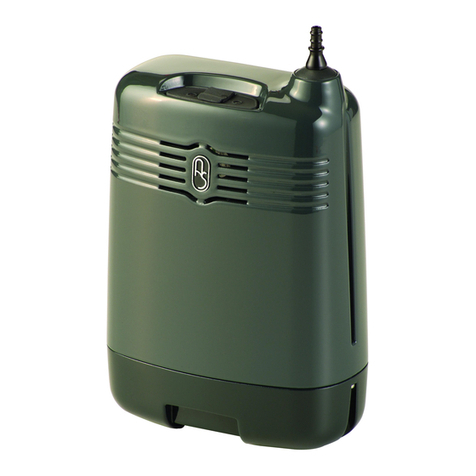
AirSep
AirSep Focus Portable Service manual

Inova Labs Inc.
Inova Labs Inc. LifeChoice Operator's manual

Ozotech
Ozotech Power Prep Phoenix Operation & maintenance manual
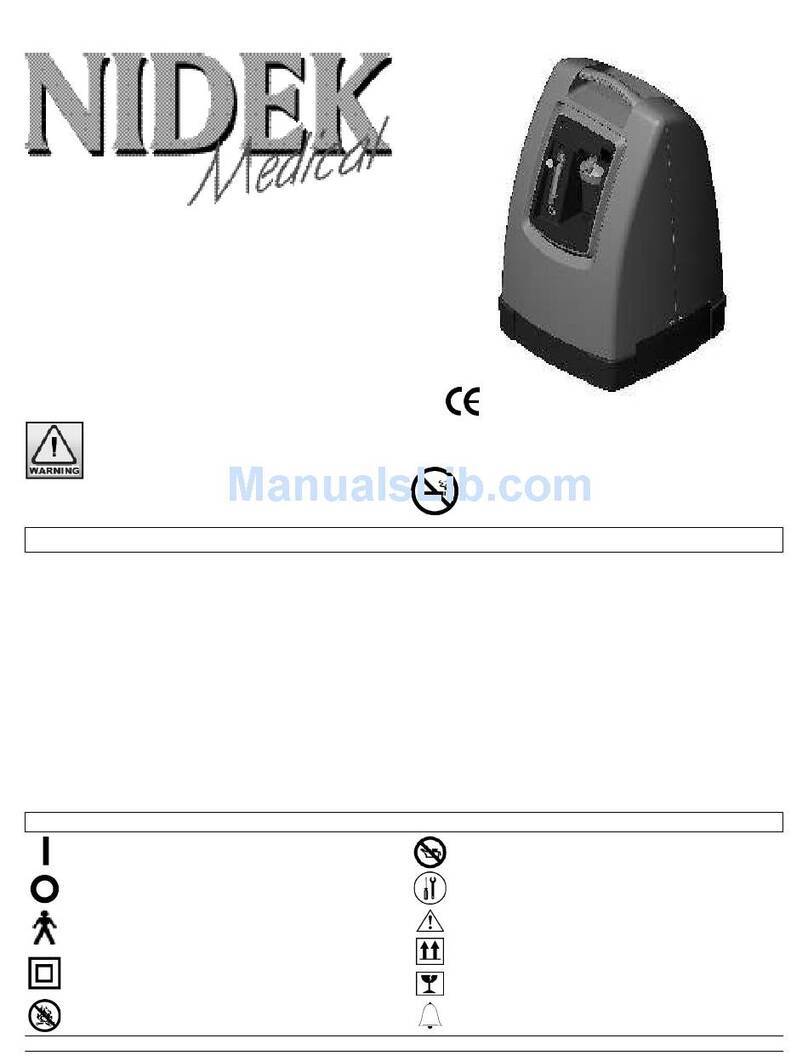
Nidek Medical
Nidek Medical Mark 5 Nuvo M5C5 user guide
